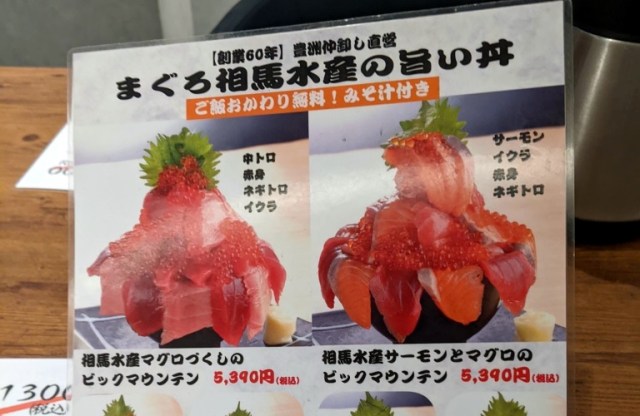
Why did we eat this mountain? Because it was there.
Mr. Sato had a problem.
Recently, we’d heard that a certain restaurant chain based in the Osaka area has started opening up branches in Tokyo. This chain is famous for its delicious tuna sashimi, and so naturally our ace reporter, Mr. Sato, volunteered to go and eat some, since he’s far too industrious to pass such a tough assignment off on another member of our team.
Unfortunately, when he showed up at the restaurant, they were mysteriously closed. He then went to another branch elsewhere in Tokyo and was told that they still hadn’t received their shipment of fish, and so they weren’t seating any customers.
So like we said, Mr. Sato had a problem. His plans of eating tuna sashimi had hit a brick wall. Thankfully, though, a solution presented itself, and he was able to eat a mountain.
A mountain of sashimi.
Though it’s not the restaurant he’d originally intended to visit this day, a combination of fate, Mr. Sato’s rumbling stomach, and his wandering feet led him to the entrance to Maguro Soma Suisan, a restaurant in Tokyo’s Ginza neighborhood. The more important geographic detail, though, is that Maguro Soma Suisan is directly managed by a wholesaler at Tokyo’s Toyosu fish market, the Tsukiji successor which now serves as Japan’s premiere entry port for high-quality seafood, and in particular delicious sashimi.
Even better, Maguro Soma Suisan specializes in maguro (tuna), which is exactly what Mr. Sato had his heart set on eating. Honestly, even if he hadn’t already been craving maguro, he would have been unable to to think of anything else after seeing the sign in front of Maguro Soma Suisan filled with photos of their maguro mountain bowls.
Seriously – they have names like “Fujisan” (Mt. Fuji), “Qomolangma” (a.k.a. Mt. Everest), and “Big Mountain.”
Now thoroughly convinced that this was fate, Mr. Sato stepped inside, promptly ignored the other menu items like grilled salmon and sea bream, and immediately ordered the Big Mountain.
As he waited, though, Mr. Sato tried to keep his expectations from getting too high. After all, sometimes restaurants have gorgeous-looking food photos in their menus, only for the real thing to not quite measure up. He was happy to learn, though, that Maguro Soma Suisan is very honest about what you’re getting.
If anything, the real Big Mountain is even bigger than the one shown in the photo!
Also, the Big Mountain in the photo didn’t have the fireworks that the real one did.
Mr. Sato felt a little self-conscious about the sparklers, but let’s be honest here. With or without pyrotechnics, the Big Mountain is so huge that there’s no way it’s not going to attract attention from your fellow diners when the waitstaff brings it to your table. You may as well give everyone a show.
Let’s take a moment to admire the gastronomic geography of the Big Mountain. At the peak you’ve got a leaf of shiso (Japanese basil) and a sprinkling of ikura (salmon roe) looking like fallen snow atop a dollop of negitoro (diced tuna).
Underneath that you have a spire of stacked slices of akami (lean tuna) and chutoro (extra-fatty tuna).
Then, where the base widens, you have more ikura and tuna, so much so that it completely obscures the rim of the bowl.
Unlike climbing a mountain, eating the Big Mountain means starting at the top. From the very first bite, Mr. Sato’s palate was rewarded with thick, high-quality cuts of fish, befitting Maguro Soma Suisan’s affiliation with a wholesaler at the world’s most discerning sashimi market.
The chutoro was rich and delicious, and so soft that it practically melted in his mouth.
Because of the way it’s structured, you pretty much have to eat the Big Mountain top-down. This doesn’t mean, though, that the good pieces of fish are only found at the top, and they pad things out with lower quality maguro as you make your way down. On the contrary, not only is the flavor excellent throughout, the cuts of tuna actually get thicker as you make your way down, since these are load-bearing sashimi slices that have to provide stability for everything that gets piled on top of them.
It was about this time that Mr. Sato started to wonder about something: Does the Big Mountain have any rice?
He hadn’t seen any yet, and while he had no complaints about having so much maguro, a mouthful of rice would make a great complement to all the sashimi decadence right about now.
A quick excavational expedition, though, confirmed that yes, there is indeed some rice under all that tuna.
Now Mr. Sato was able to get mouthfuls of tuna and rice in the same bite, which felt like little pieces of maguro nigiri sushi.
Finally, using a spoon, he was able to scoop up the last of the ikura, because you don’t order something this huge without wanting to eat as much as you possibly can.
At 5,390 yen (US$39.95), the Big Mountain isn’t cheap, but considering it’s enough tuna to satisfy several meals’ worth of maguro desire, and the quality of the fish, we can’t say that it’s at all a bad deal. Maguro Soma Suisan also has more rationally sized lunch sets for just 1,300 yen, so if your friends don’t have the same shark-sized appetite for maguro that you do, they’ll still be able to find something that better fits their stomachs. And if somehow you’re still feeling hungry after eating the Big Mountain, maybe this honey toast with two liters of ice cream is what you need for dessert.
Restaurant information
Maguro Soma Suisan (Ginza branch)/ まぐろ相馬水産(銀座店)
Address: Tokyo-to, Chuo-ku, Ginza 7-2-saki, Ginza Korido 1st floor
東京都中央区銀座7丁目2-先 銀座コリドー1F
Open 11 a.m.-9 p.m.
Website
Photos ©SoraNews24
● Want to hear about SoraNews24’s latest articles as soon as they’re published? Follow us on Facebook and Twitter!
[ Read in Japanese ]




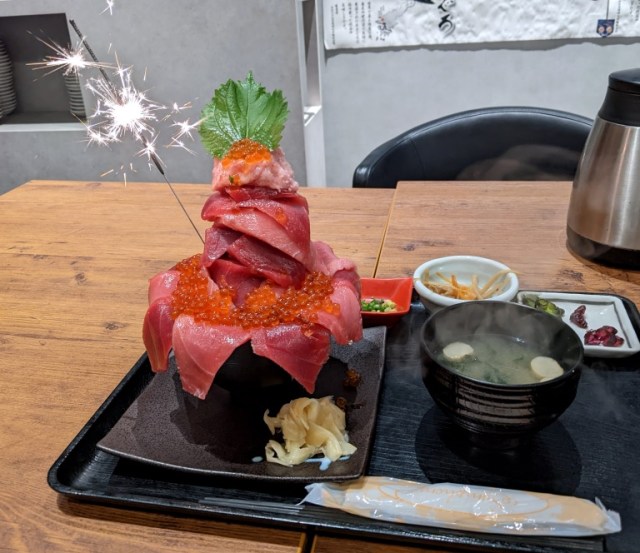
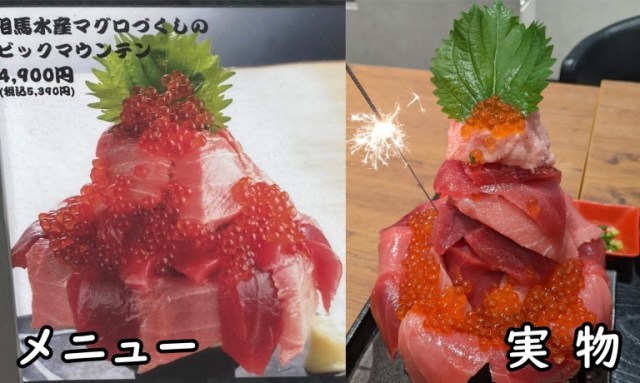
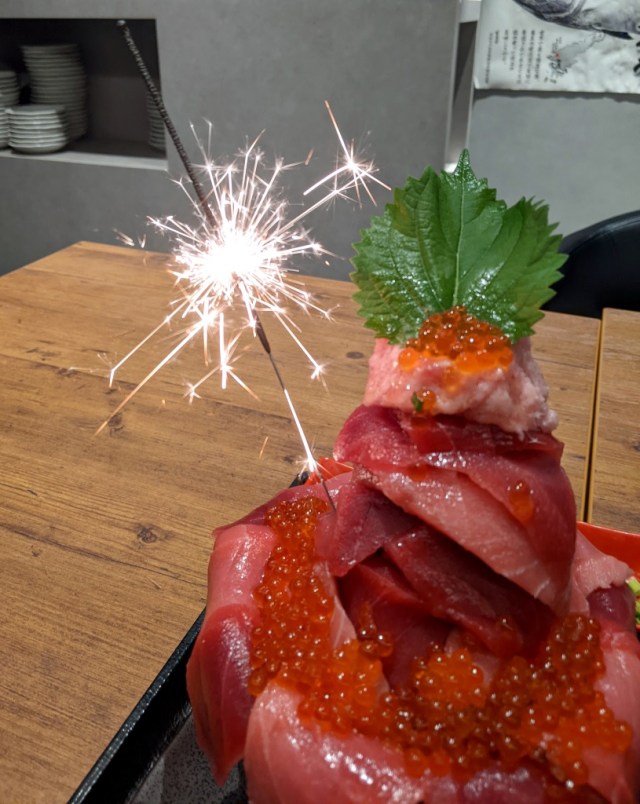
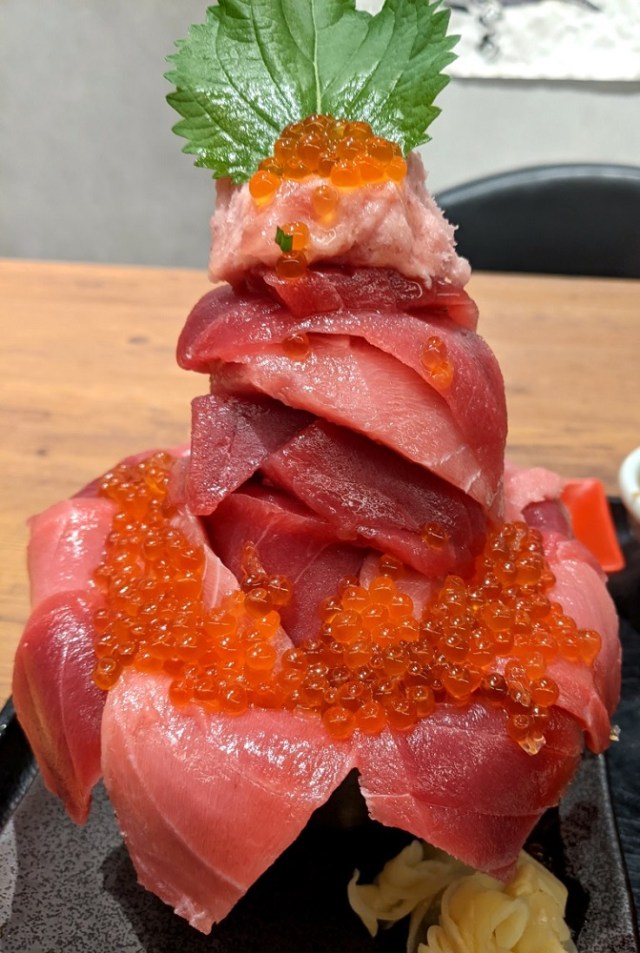
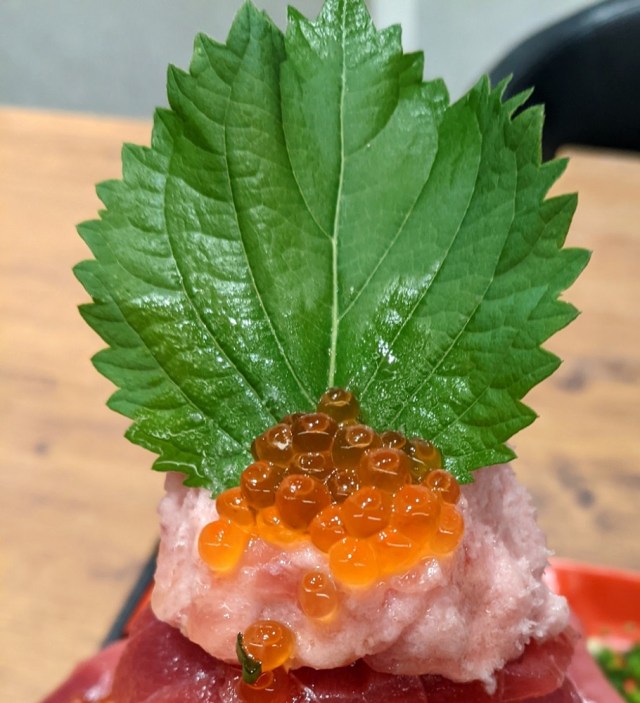
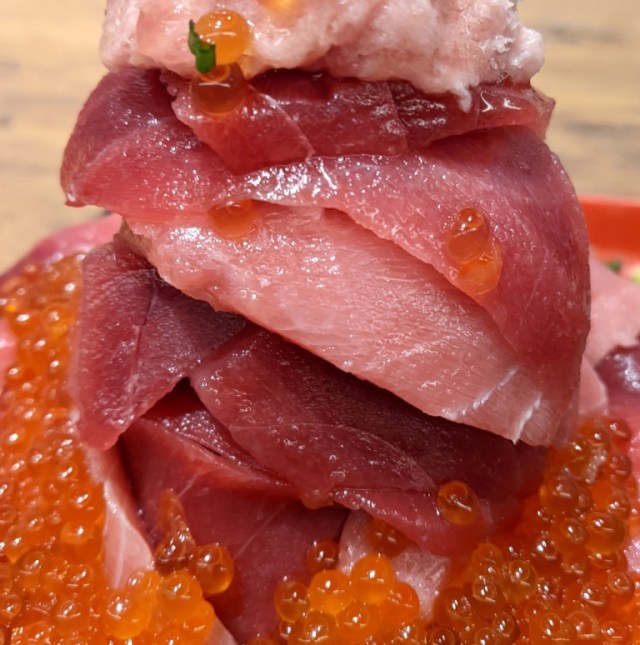
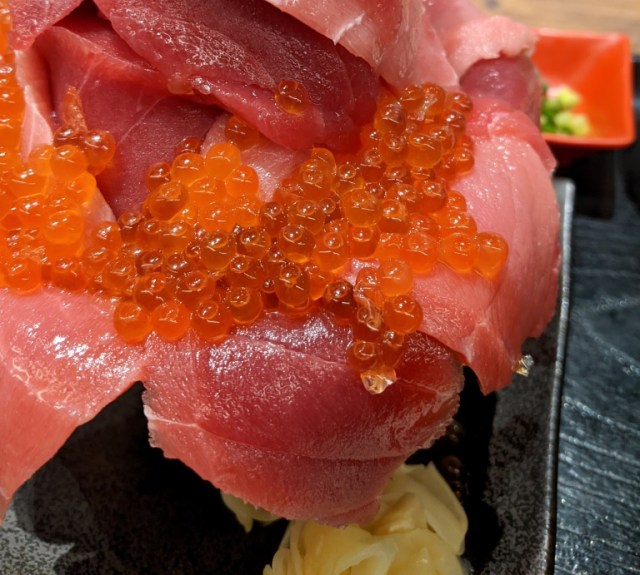

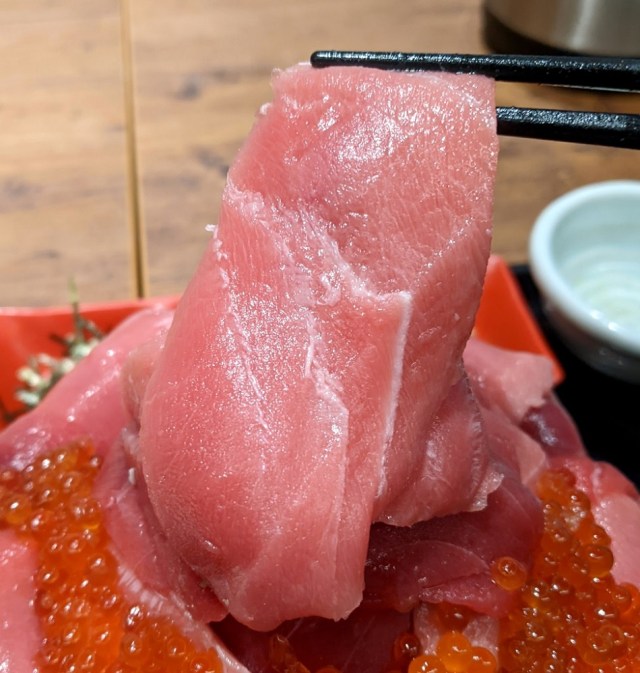
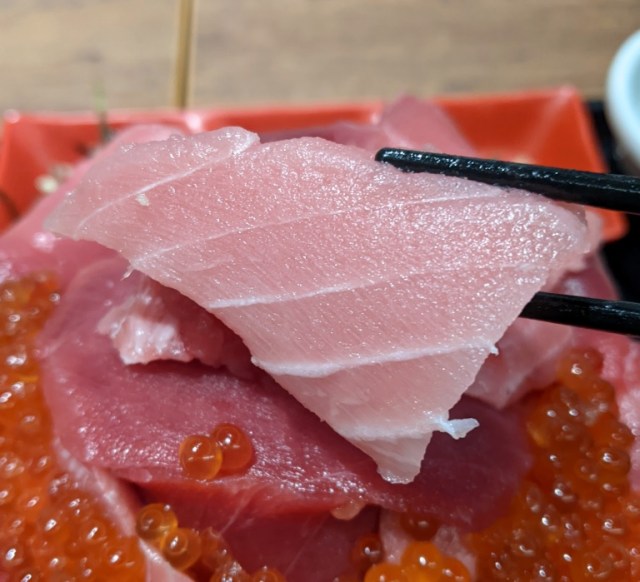
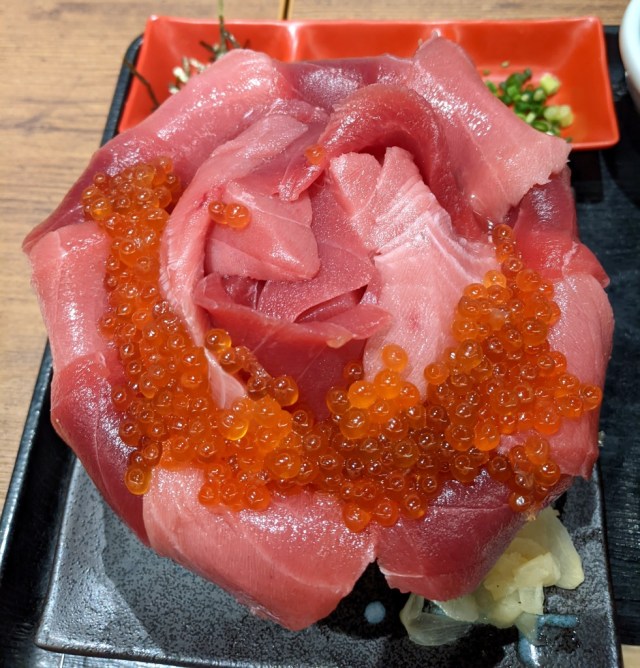
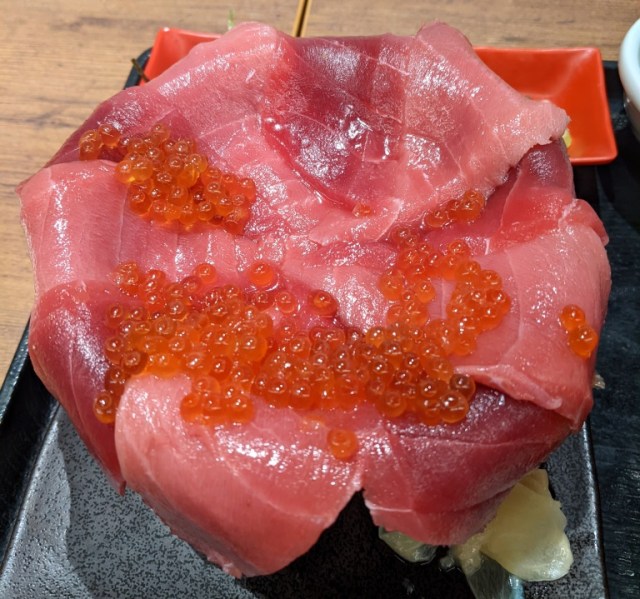
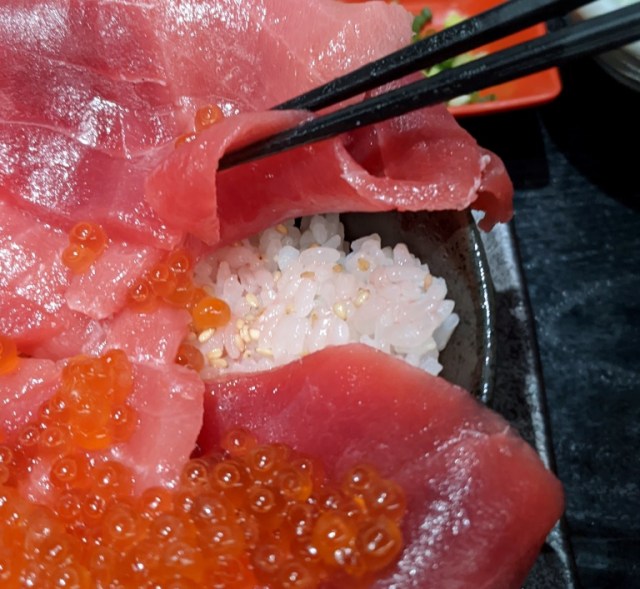
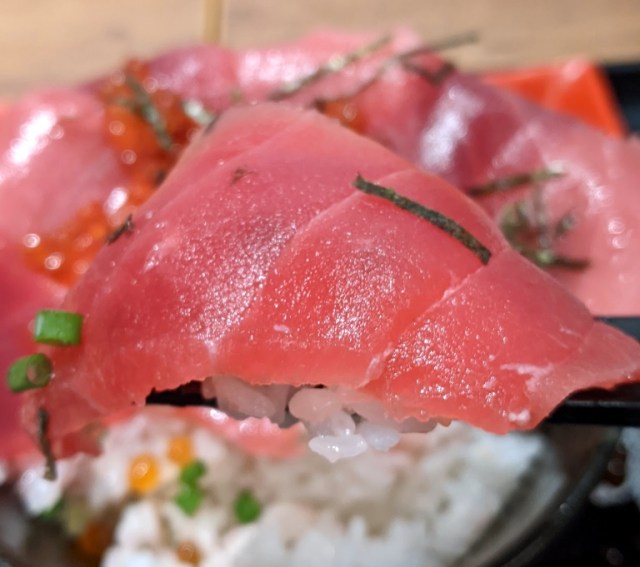
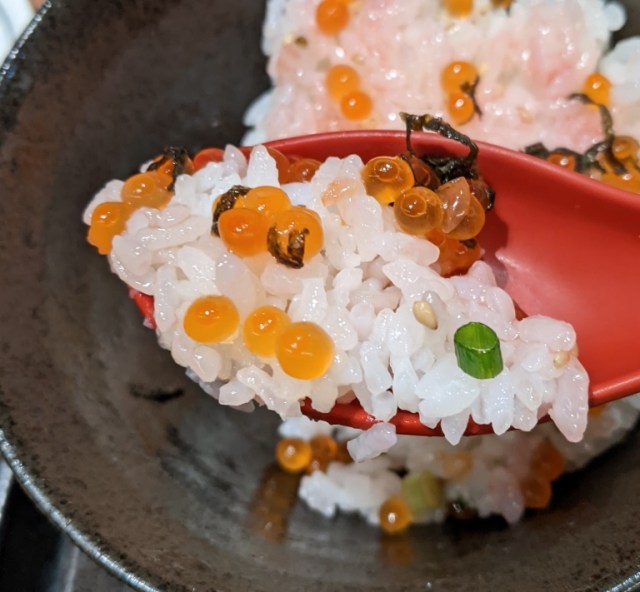
 How to choose a great block of sashimi-grade tuna – 66-year maguro master shares his protips
How to choose a great block of sashimi-grade tuna – 66-year maguro master shares his protips Beef and sashimi in the same rice bowl: Brilliance or blasphemy? We find out【Taste test】
Beef and sashimi in the same rice bowl: Brilliance or blasphemy? We find out【Taste test】 Which Japanese conveyor belt sushi chain has the best tuna sushi?【Taste test】
Which Japanese conveyor belt sushi chain has the best tuna sushi?【Taste test】 Semi-secret Shinjuku sushi lunch is a great way to get your fish fix for cheap in central Tokyo
Semi-secret Shinjuku sushi lunch is a great way to get your fish fix for cheap in central Tokyo There’s only one place in Japan where this kind of sushi isn’t red, but why?
There’s only one place in Japan where this kind of sushi isn’t red, but why? Red light district sushi restaurant in Tokyo shows us just how wrong we were about it
Red light district sushi restaurant in Tokyo shows us just how wrong we were about it Sandwiches fit for a sumo served up in Osaka【Taste Test】
Sandwiches fit for a sumo served up in Osaka【Taste Test】 McDonald’s new Happy Meals offer up cute and practical Sanrio lifestyle goods
McDonald’s new Happy Meals offer up cute and practical Sanrio lifestyle goods Tokyo Tsukiji fish market site to be redeveloped with 50,000-seat stadium, hotel, shopping center
Tokyo Tsukiji fish market site to be redeveloped with 50,000-seat stadium, hotel, shopping center Pokémon Sleep camping suite and guestrooms coming to Tokyo Hyatt along with giant Snorlax burgers
Pokémon Sleep camping suite and guestrooms coming to Tokyo Hyatt along with giant Snorlax burgers Akihabara pop-up shop sells goods made by Japanese prison inmates
Akihabara pop-up shop sells goods made by Japanese prison inmates Historical figures get manga makeovers from artists of Spy x Family, My Hero Academia and more
Historical figures get manga makeovers from artists of Spy x Family, My Hero Academia and more Mt. Koya planning to instate visitor’s tax to cope with huge tourist numbers
Mt. Koya planning to instate visitor’s tax to cope with huge tourist numbers Starbucks Japan adds a Motto Frappuccino to the menu for a limited time
Starbucks Japan adds a Motto Frappuccino to the menu for a limited time Japanese ramen restaurants under pressure from new yen banknotes
Japanese ramen restaurants under pressure from new yen banknotes All-you-can-drink Starbucks and amazing views part of Tokyo’s new 170 meter-high sky lounge
All-you-can-drink Starbucks and amazing views part of Tokyo’s new 170 meter-high sky lounge More foreign tourists than ever before in history visited Japan last month
More foreign tourists than ever before in history visited Japan last month French Fries Bread in Tokyo’s Shibuya becomes a hit on social media
French Fries Bread in Tokyo’s Shibuya becomes a hit on social media Studio Ghibli releases new action figures featuring Nausicaä of the Valley of the Wind characters
Studio Ghibli releases new action figures featuring Nausicaä of the Valley of the Wind characters New private rooms on Tokaido Shinkansen change the way we travel from Tokyo to Kyoto
New private rooms on Tokaido Shinkansen change the way we travel from Tokyo to Kyoto Starbucks reopens at Shibuya Scramble Crossing with new look and design concept
Starbucks reopens at Shibuya Scramble Crossing with new look and design concept Studio Ghibli glasses cases let anime characters keep an eye on your spectacles
Studio Ghibli glasses cases let anime characters keep an eye on your spectacles Beautiful Ghibli sealing wax kits let you create accessories and elegant letter decorations【Pics】
Beautiful Ghibli sealing wax kits let you create accessories and elegant letter decorations【Pics】 Studio Ghibli releases Kiki’s Delivery Service chocolate cake pouches in Japan
Studio Ghibli releases Kiki’s Delivery Service chocolate cake pouches in Japan New definition of “Japanese whiskey” goes into effect to prevent fakes from fooling overseas buyers
New definition of “Japanese whiskey” goes into effect to prevent fakes from fooling overseas buyers Our Japanese reporter visits Costco in the U.S., finds super American and very Japanese things
Our Japanese reporter visits Costco in the U.S., finds super American and very Japanese things Studio Ghibli unveils Mother’s Day gift set that captures the love in My Neighbour Totoro
Studio Ghibli unveils Mother’s Day gift set that captures the love in My Neighbour Totoro New Japanese KitKat flavour stars Sanrio characters, including Hello Kitty
New Japanese KitKat flavour stars Sanrio characters, including Hello Kitty New Pokémon cakes let you eat your way through Pikachu and all the Eevee evolutions
New Pokémon cakes let you eat your way through Pikachu and all the Eevee evolutions Disney princesses get official manga makeovers for Manga Princess Cafe opening in Tokyo
Disney princesses get official manga makeovers for Manga Princess Cafe opening in Tokyo Sales of Japan’s most convenient train ticket/shopping payment cards suspended indefinitely
Sales of Japan’s most convenient train ticket/shopping payment cards suspended indefinitely Sold-out Studio Ghibli desktop humidifiers are back so Totoro can help you through the dry season
Sold-out Studio Ghibli desktop humidifiers are back so Totoro can help you through the dry season Japanese government to make first change to romanization spelling rules since the 1950s
Japanese government to make first change to romanization spelling rules since the 1950s Ghibli founders Toshio Suzuki and Hayao Miyazaki contribute to Japanese whisky Totoro label design
Ghibli founders Toshio Suzuki and Hayao Miyazaki contribute to Japanese whisky Totoro label design Doraemon found buried at sea as scene from 1993 anime becomes real life【Photos】
Doraemon found buried at sea as scene from 1993 anime becomes real life【Photos】 Tokyo’s most famous Starbucks is closed
Tokyo’s most famous Starbucks is closed One Piece characters’ nationalities revealed, but fans have mixed opinions
One Piece characters’ nationalities revealed, but fans have mixed opinions We asked a Uniqlo employee what four things we should buy and their suggestions didn’t disappoint
We asked a Uniqlo employee what four things we should buy and their suggestions didn’t disappoint Princesses, fruits, and blacksmiths: Study reveals the 30 most unusual family names in Japan
Princesses, fruits, and blacksmiths: Study reveals the 30 most unusual family names in Japan Who’s got the best, cheapest one-person sushi delivery in downtown Tokyo? Mr. Sato investigates!
Who’s got the best, cheapest one-person sushi delivery in downtown Tokyo? Mr. Sato investigates! Yaizu: Japan’s best sushi market destination even most foodies in Japan have never heard of
Yaizu: Japan’s best sushi market destination even most foodies in Japan have never heard of Tokyo has a BLUE sushi restaurant with all-you-can-eat BLUE sushi for just 400 yen (US$3.50)
Tokyo has a BLUE sushi restaurant with all-you-can-eat BLUE sushi for just 400 yen (US$3.50) Japan’s biggest ham company is making “tuna” that contains neither ham nor fish
Japan’s biggest ham company is making “tuna” that contains neither ham nor fish All-you-can-drink whisky cocktails for under a buck at seafood restaurant with branches in Tokyo
All-you-can-drink whisky cocktails for under a buck at seafood restaurant with branches in Tokyo Upcoming party in Shibuya combines house music with cutting open a tuna, girls get in free
Upcoming party in Shibuya combines house music with cutting open a tuna, girls get in free Red light district sushi restaurant in Tokyo shows us just how wrong we were about it
Red light district sushi restaurant in Tokyo shows us just how wrong we were about it Sushi tacos now on sale in Japan — Can this cross-cultural cuisine please our biggest taco fan?
Sushi tacos now on sale in Japan — Can this cross-cultural cuisine please our biggest taco fan? Tokyo’s super-secret-location sushi restaurant has a stand-up sister shop that’s open to all
Tokyo’s super-secret-location sushi restaurant has a stand-up sister shop that’s open to all Japan super budget dining – What’s the best way to spend 1,000 yen at sushi restaurant Sushiro?
Japan super budget dining – What’s the best way to spend 1,000 yen at sushi restaurant Sushiro? Rare ghost-white tuna caught off Bali — we go to see it on display in Shibuya!
Rare ghost-white tuna caught off Bali — we go to see it on display in Shibuya! Tokyo restaurant says its lunch set has too much sashimi, as if such a thing were possible
Tokyo restaurant says its lunch set has too much sashimi, as if such a thing were possible Tuna sushi transforms into a robot in Sushiro x Bandai collaboration
Tuna sushi transforms into a robot in Sushiro x Bandai collaboration Which Japanese conveyor belt sushi chain has the best salmon sushi?【Taste test】
Which Japanese conveyor belt sushi chain has the best salmon sushi?【Taste test】 Mr. Sato tries out Kappa Sushi’s salmon salad mountain, a fun dish available for only one week
Mr. Sato tries out Kappa Sushi’s salmon salad mountain, a fun dish available for only one week
Leave a Reply